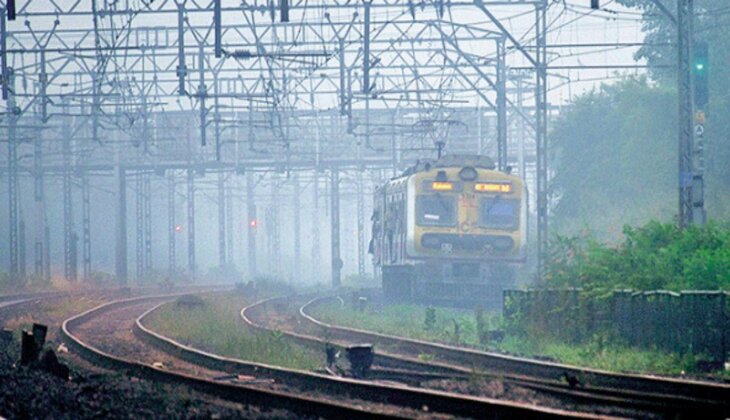This article originally appeared in Times of India
On its 46th foundation day, the Central Pollution Control Board (CPCB) released two reports that should force us to re-examine our approach towards controlling air pollution.
The first report is the ‘National Ambient Air Quality Status & Trends 2019’, which contains air quality data for 344 cities/ towns from 28 states and 6 UTs. This is the only report that gives a snapshot of the status of air pollution in the country.

The second is a report on the ‘Impact of the Lockdown on Ambient Air Quality’. This report compares data for 12 cities from different parts of the country, including Delhi and NCR towns, during the lockdown phases with the corresponding periods in 2019. The report also estimates the various sources on air pollution in Delhi by chemically analysing PM2.5 (particles less than 2.5 microns in size or fine particles) in different phases of lockdown. Furthermore, it measured PM2.5 concentrations using satellite to estimate the air quality improvement over the entire country.
Read in isolation, these two reports do not give us much new information than which is known or expected. For instance, it is known that air quality is a pan-India problem. Similarly, we all experienced cleaner air during lockdowns, and therefore, a dip in the ambient air quality levels was expected. But once we put these two reports together, a completely new picture emerges that puts a question mark on our approach so far in controlling air pollution and the way National Clean Air Programme (NCAP) is being implemented. Here are the major findings of these two reports:
India has predominantly a PM10 problem: Most cities are exceeding the National Ambient Air Quality Standards (NAAQS) for PM10 (particles less than 10 microns in size or coarse particles). About 78% of the cities exceeded PM10 standards compared to 36% for PM2.5, 9% for NO2 and none for SO2.
We are not winning the air pollution battle: The data for the last few years show that while the SO2 concentration has decreased and NO2 concentration has remained stable, the PM2.5 levels have increased and PM10 levels have remained very high and are fluctuating. So, the two problem parameters – PM2.5 and PM10 – are not showing any sign of abating. In fact, PM2.5 levels have increased significantly in the last three years.
The CPCB report also lays to rest the controversy about air quality improvements in Delhi. PM2.5 levels in Delhi have consistently increased in the last 3 years and were 144 micrograms per cubic meters (μg/m3) in 2019 – more than three times the standard.
The baseline pollution level in India is high: During the peak lockdown (March 25-April 19), ground based monitoring stations in 12 cities recorded average PM2.5 levels of 25-50 μg/m3 and PM10 levels of 50-110 μg/m3. The satellite recorded PM2.5 levels in different parts of the country as 29-76 μg/m3, with an all-India average of 59 μg/m3. These levels are double the WHO standards and almost the same as NAAQS.
So, when transportation and industries were down by 80%, coal power plants were operating at 40% capacity, and people were largely indoors, even in relatively less polluting months of March-April, the country was barely meeting NAAQS. This indicates that pollution from cooking fuel, agriculture and natural sources are sufficient to breach air quality norms in large parts of the country.
An interesting fact the report captures is that during the lockdown in Delhi, the ratio of PM2.5 to PM10 was higher than in 2019. This is contrary to the general understanding; one would have expected lower ratio during the lockdown because factories and vehicles were not operating. The only plausible reason seems to be that we have been underestimating the contribution of PM2.5 from cooking fuel and natural sources.
If we join the dots, what emerges is that controlling PM10 emissions is key to solving the air pollution crisis. This would mean reducing the burning of solid fuels like biomass and coal and controlling emissions from land and agriculture. But by mainly focussing on cities and vehicles, we have lost the plot on air pollution. I will discuss this in detail in my next column.
Chandra Bhushan is one of India’s foremost public policy experts and the founder-CEO of International Forum for Environment, Sustainability & Technology (iFOREST).
